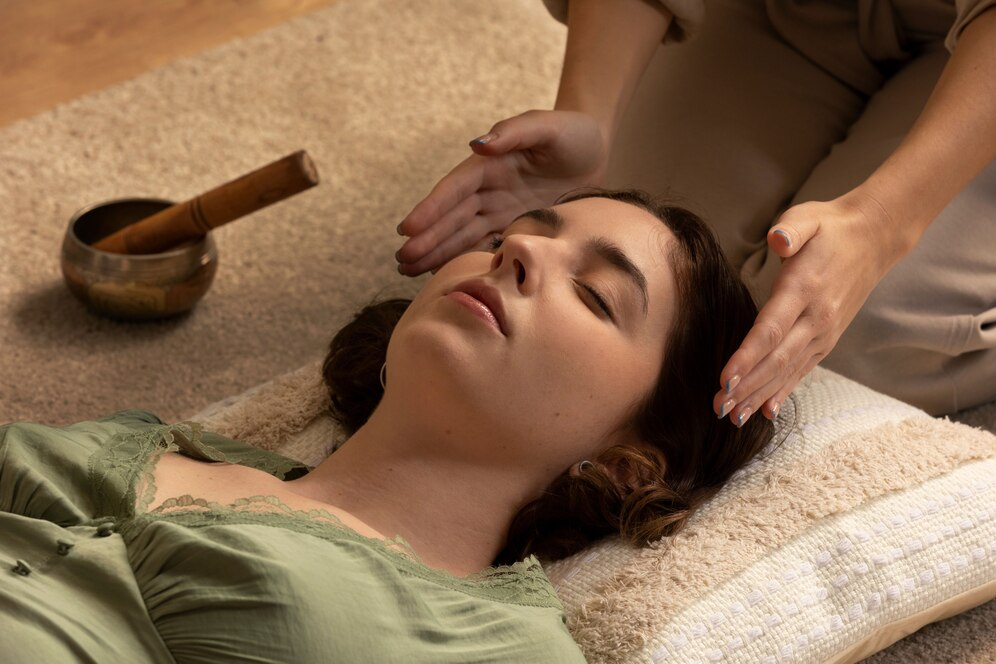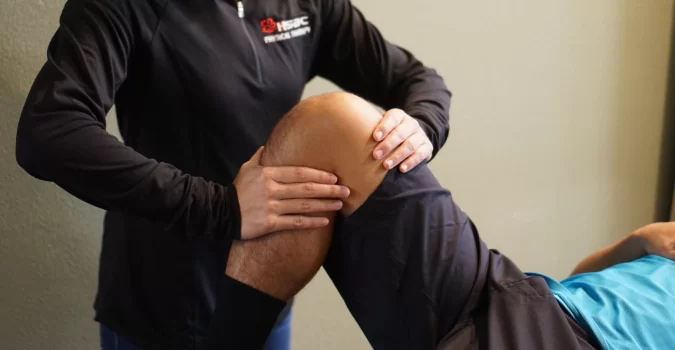Integrating Energy Healing with Conventional Therapies
Energy healing can be blended with conventional or complementary treatment methods for the benefit of the individual’s health. It can make treatment more effective, limit the number of adverse side effects, and enhance the patient’s quality of life. Here, we seek to answer common concerns on whether energy healing fits well with other therapies in the quest for health. Can energy healing be used in conjunction with traditional medical therapies? Yes, because energy healing is not an alternative to medical treatment, it can be helpful in dealing with stress, and pain, and in improving health. These help in addressing side effects as pain, anxiety, and fatigue, which patients experience during medical procedures. Standing or sitting with prolonged tension can cause high stress on tissues and organs. Letting go of this stress accelerates treatment and faster recovery. It is worth emphasizing that energy healing does not intend to replace medical treatments but is an expansion of them in the management of the patient. Fortunately, integrating these therapies means discussing them with healthcare professionals so as to have a well-rounded treatment. How Does Energy Healing Congenerate with Complementary Therapies? Energy healing is highly compatible with other complementary therapies such as acupuncture, yoga, and massage. In the case of acupuncture, for example, combining it with energy healing amplifies the flow of energy, or Qi, throughout your body- this increases the benefits received from each practice. In yoga, energy healing will strengthen the mind-body relationship, granting one mental clarity and even balmy emotions. Energy healing added to massage can lead to deeper muscle relaxation as well as deeper peace overall. This integrative modality offers a more holistic healing model, taking into consideration physical, emotional, and spiritual care for health. Many practitioners tailor treatment plans to meet unique needs and maximize the benefits of this approach. Can Energy Healing Be Incorporated While Treating Cancer? Energy healing can be integrated into the cancer treatment plan to help with pain relief, anxiety management, and overall wellness enhancement. Techniques such as reiki or therapeutic touch can manage stress, relieve pain, and help counter the adverse effects of chemotherapy and radiotherapy like sickness and fatigue. There is also a better quality of sleep and emotional stability during and after treatments, which helps in better coping with cancer, as well as other supportive therapies. Energy healing is an adjunctive therapy to conventional cancer treatments and not an alternative. Communication between the patients and the psychosocial team is necessary to help incorporate assessing and uderstanding all medical forms including prescribed ones into the overall treatment plan. How Helpful is Energy Healing Therapy in Relation to Mental Health Therapies? Energy healing therapies enhance dynamics during mental health therapies by inducing calmness, relieving tension and balancing one’s emotions. It also serves as an addition and hence enhances the efficiency of interventions protocols to patients such as cognitive therapy or behavioral modification techniques. Rituals such as Reiki help in emotional release, which assists in dealing with difficult emotions and trauma recovery. This Integrated Method sets the stage for clients to solve their problems with mental health from different paradigms so that a broader healing effect is achieved. In many cases, by harmonizing the body’s energies, people become more receptive to the work that needs to be done, which results in further efficiency. Can Energy Healing Be Combined with Physical Therapy? Yes, energy healing can be done along with physical therapy to provide relief from pains, increase mobility, and help heal faster. Energy healing is useful in relaxing muscles and tissues of the body in readiness for physical therapy exercises. This relaxation can decrease pain and enhance range of motion making physical therapy sessions more productive. Moreover, physical therapy techniques also create an environment of calm which serves to speed up the healing process as it lowers the chances of the patients developing stress and other related disorders. In turn patients tend to gain more flexible joints, decrease inflammation around affected joints, and be more optimistic about their treatment. This combination offers a conducive environment for physical recovery thus complementing the use of physical therapy techniques in a conventional way. How Does Energy Healing Fit into Holistic Wellness Plans? The energy healing approach is incorporated into holistic wellness plans by incorporating the physical, emotional, and spiritual aspects of health. Other wellness habits like eating well, exercising, and mindfulness practices are also supported by energy healing by decreasing stress levels and bringing in relaxation. Energy healing has many benefits mostly pertaining to improving a person’s energy levels which in turn help to enhance the mind, emotions, and the body’s well-being. It complements other holistic treatment methods and thus provides a well-rounded method of achieving good health which is why it is an important part of the individual wellness plan that addresses the mind, body, and soul. Is It Safe to Use Energy Healing Together with Other Therapies? Yes, energy healing is safe and can be used in conjunction with many therapies. Energy healing complements orthodox medicine and integrative medicine well without negative interference. Since it addresses the energy distribution within the body, energy healing acts as a subtle additional factor for other healing agents and helps to increase their efficacy. It enhances relaxation, reduces pain, assists with pain management, and creates room for further supportive medical treatment and wellness programs. Nonetheless, it must be emphasized that all forms of these treatments must be disclosed to healthcare providers in order to provide care in a coordinated manner to all patients based on individual healthcare needs. In Conclusion: Patients’ health and well-being are promoted when energy healing is incorporated with orthodox and alternative therapy modalities. These therapies are effective since they meet the physical, emotional and spiritual well-being of an individual. It offers efficient healthcare that is fully supportive of the body normalization which yields positive results in the process.











